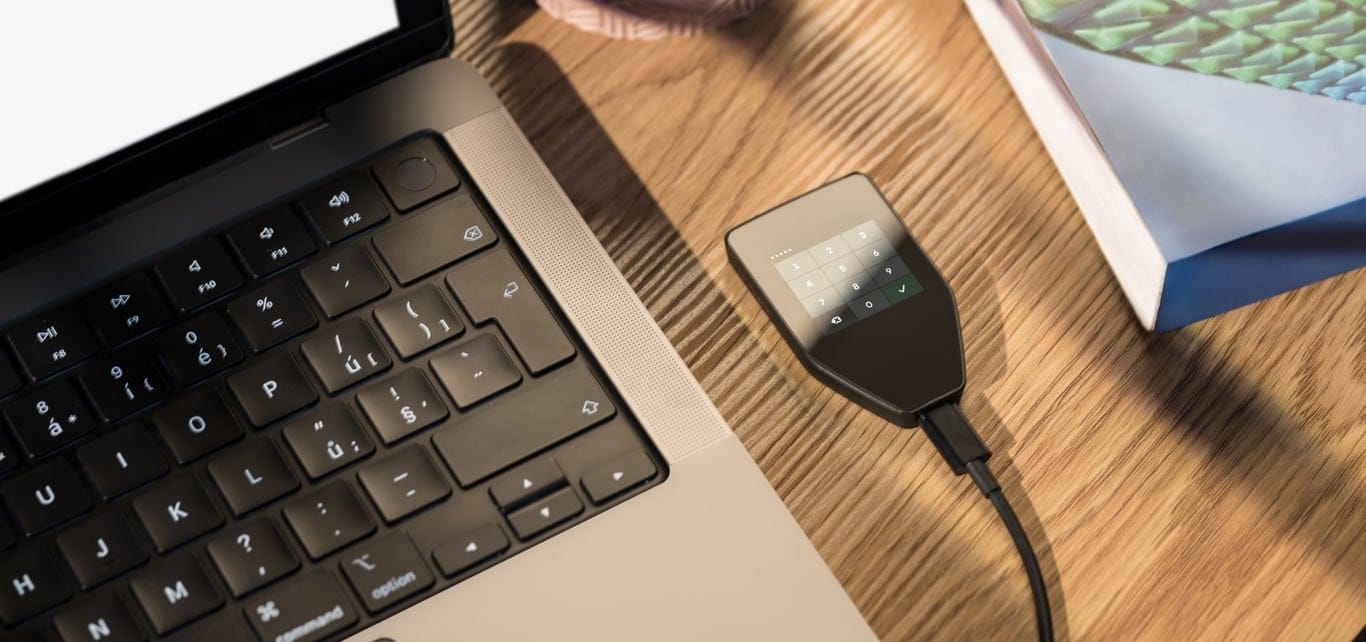5.3 Hot Wallets vs. Cold Wallets

Non-custodial wallets break down further into hot wallets and cold wallets. In the realm of crypto storage, the debate between hot and cold wallets boils down to a trade-off between accessibility and fortification. Hot wallets are like your everyday pocket wallet—quick to use but easier to pickpocket—while cold wallets resemble a buried treasure chest: harder to access but far more secure from thieves.
Hot Wallets

A hot wallet is one that is connected to the internet—for example, a mobile app (MetaMask, Trust Wallet, Coinbase Wallet) or desktop software. These are very convenient for everyday transactions: you can quickly send, receive, and check balances. However, their internet connection makes them vulnerable to hacking, malware, and phishing.
In practice, hot wallets are ideal for small, active sums and interacting with decentralised apps, but risky for large holdings.
Examples:
- Mobile wallets: Trust Wallet, Coinomi, Exodus
- Browser-based wallets: MetaMask, Phantom
- Desktop wallets: Electrum, Exodus Desktop
- Exchange wallets: Binance, Coinbase (custodial)
Think of a hot wallet like a checking account: it's convenient for day-to-day use but not ideal for storing large amounts long-term.
Pros:
- ✅ Convenience: Easy to access, send, and receive funds quickly.
- ✅ User-friendly: Many are designed for beginners and integrate with DeFi and exchanges.
- ✅ Real-time access: Enables fast trades and payments.
Cons:
- ❌ Less secure: Being connected to the internet makes them vulnerable to hacks, malware, and phishing.
- ❌ Not ideal for long-term storage: Especially risky for storing large amounts of crypto.
Cold Wallets

A cold wallet is completely offline. The classic example is a hardware wallet (e.g. Ledger, Trezor)—a USB-like device that stores your private keys without exposing them to the internet. Paper wallets (keys printed on paper) and even metal-engraved seed backups are other forms of cold storage. Because the keys never touch an online computer, cold wallets are far less susceptible to remote attacks.
The trade-off is convenience: to use funds, you must connect (or manually import the keys) via a hot interface. Many experienced users use a combination of both: keep a small hot wallet for trading day-to-day and store the rest in a cold (often hardware) wallet for safekeeping.
Examples:
- Hardware wallets: Ledger Nano S/X, Trezor, Tangem
- Paper wallets: A physical printout of your public and private keys
- Air-gapped computers or devices: Devices never connected to the internet
Think of a cold wallet like a safe or vault: it's secure and designed to hold your most valuable assets offline.
Pros:
- ✅ High security: Immune to online hacking attempts or malware.
- ✅ Ideal for long-term storage: Especially useful for large amounts or infrequently used assets.
- ✅ Offline by default: Keeps your private key away from internet exposure.
Cons:
- ❌ Less convenient: You need to connect the device (e.g. via USB) to make a transaction.
- ❌ Requires care: If you lose access to your device or forget your recovery phrase, your crypto may be unrecoverable.
- ❌ Upfront cost: Hardware wallets typically cost between $60–$200.
Now that you’ve learned the distinctions between hot and cold wallets—balancing convenience with security—it's essential to consider the next step in securing your crypto assets: protecting your seed phrase. Without a secure backup, even the best wallet can become vulnerable.
In the next lesson, we’ll cover the best practices for backing up your seed phrase securely, ensuring you can recover your assets no matter what happens to your wallet.

